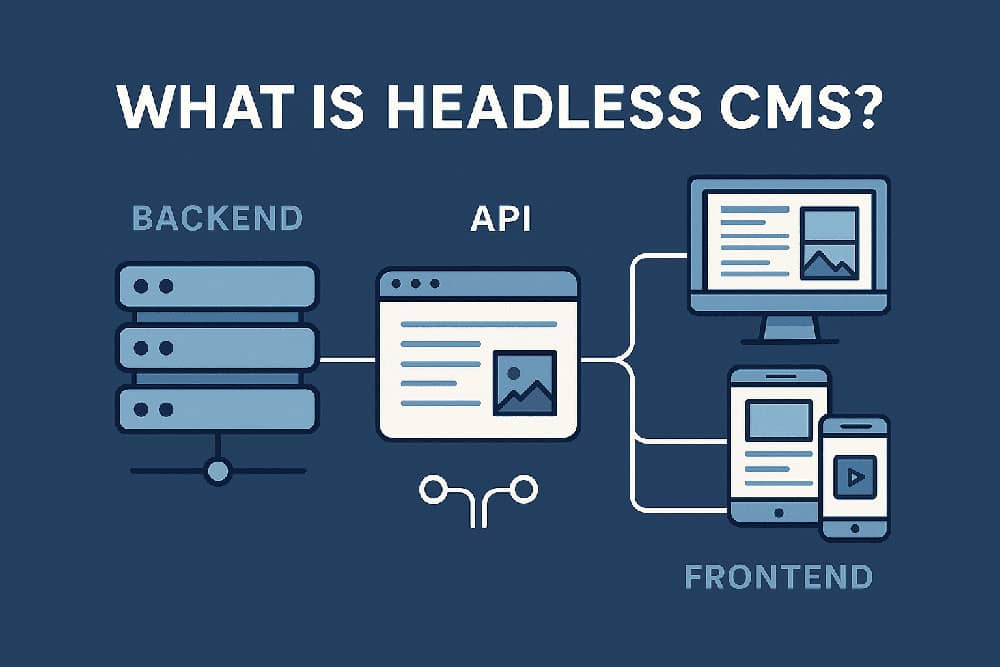In today’s fast-paced digital world, mobile devices dominate how users interact with websites. With more than half of global web traffic coming from smartphones, mobile-first web design is no longer just a trend—it’s a necessity.
What is Mobile-First Web Design?
Mobile-first web design is a development strategy where the design process starts with the mobile version of a website and scales up to larger screens like tablets and desktops. This approach ensures a seamless experience across all devices, prioritizing speed, readability, and functionality on smaller screens.
Why Mobile-First Design Matters More Than Ever
- User Behavior Has Shifted
People browse, shop, and interact on mobile more than on desktops. A site that doesn’t perform well on mobile risks losing visitors instantly. - Google’s Mobile-First Indexing
Google now primarily uses the mobile version of your website for indexing and ranking. If your mobile site is not optimized, your SEO rankings may suffer. - Faster Load Times
Mobile-first sites are leaner, meaning they load faster—one of the top factors influencing bounce rate and user retention. - Improved User Experience
With limited screen real estate, mobile-first forces designers to focus on what matters most—clear CTAs, readable content, and intuitive navigation.
Best Practices for Mobile-First Design
- Responsive Layouts: Use flexible grids and media queries to adapt to different screen sizes.
- Minimalist UI: Keep it clean. Limit the number of elements to reduce clutter and enhance readability.
- Touch-Friendly Elements: Buttons and menus should be easy to tap without zooming.
- Optimized Media: Compress images and use scalable SVGs for faster loading.
How Mobile-First Design Impacts Conversions
Websites built with a mobile-first mindset often see higher conversion rates. Why? Because they prioritize user intent, remove distractions, and present clear pathways to action—even on small screens.
Conclusion
A mobile-first web design isn’t just a technical strategy—it’s a competitive advantage. Whether you’re a startup, a content creator, or an e-commerce business, adapting to mobile users is crucial for your success online.






abdiproduction